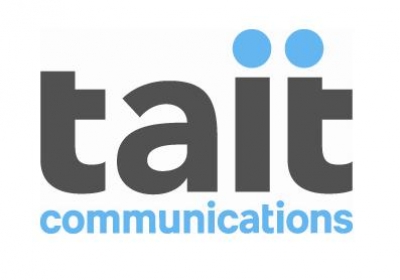One answer of course is – A current event! (Sorry, about that. Can’t help myself)
A less funny and far more serious answer is that a power failure is a critical event on the part of an energy supplier’s mission critical network. This kind of failure, which impedes full monitoring and control, can be prevented with the right network solution behind it.
The strategic industries, or utilities, market has undergone many changes over the last few decades. With outdated telecoms equipment, modernization of transport equipment has been more or less forced upon the industry. Coupled with the vast options available, many utilities find this transition extremely challenging.
ECI Telecom delivers innovative network solutions and advanced professional services to a wide variety of customers and segments. Utilities is one segment with which we have much experience. We address the opportunities created by network modernization, increased regulation and the opened telecoms market without forgetting our clients have legacy equipment, strict performance requirements and increasing security concerns. Since 1961, our focus has been, and will continue to be, on our customers and their special requirements.
ECI Telecom has a unique and tailored packet-optical telecommunications solution which answers today’s challenges in the utility sector. ElastiGrid utilizes ECI’s Packet optical portfolio, cyber security and management solutions. This offering is even more significant for utility company’s wishing to grow into Utelco companies
Our ElastiGrid® utilities solution offers risk free transition from TDM to packet while adhering to strict performance requirements such as reliability, availability, security performance and environmental conditions. ECI’s industry-proven solutions combined with our SDN solution set fit the utility mixed legacy and packet environment perfectly. In addition, our cyber security solution presents an all-encompassing protection suite to meet both todays (and tomorrow’s) security threats.
Many of the world’s largest utility companies have chosen ECI’s utility solution over a host of industry leading competitors.
Are you struggling to make sense of today’s technology? Perhaps, you are looking to expand your current business model by adding additional services. Register here for ECI’s Webinar for Utilities Network Transformation-Not as Scary As It Sounds with Gil Epshtein and Jonathan Homa to learn how to use the inevitable change in network infrastructure to your benefit. The event will be held March 17th at 3PM London Time, 11AM New York.
We are looking forward to seeing you in a webinar you cannot afford to miss. Whether you are a transport engineer, IT professional or business executive, this webinar will provide you with answers to your most pertinent questions.
Please feel free to visit us at any of the following Links:

 For years the Utility Industry has depended on the reliability of Land Mobile Radio systems to support their most mission critical responsibility, public and employee safety. Land mobile radio systems are the lifeline between system operations and their field crews that are working in one of the most dangerous environments in our communities.
For years the Utility Industry has depended on the reliability of Land Mobile Radio systems to support their most mission critical responsibility, public and employee safety. Land mobile radio systems are the lifeline between system operations and their field crews that are working in one of the most dangerous environments in our communities.